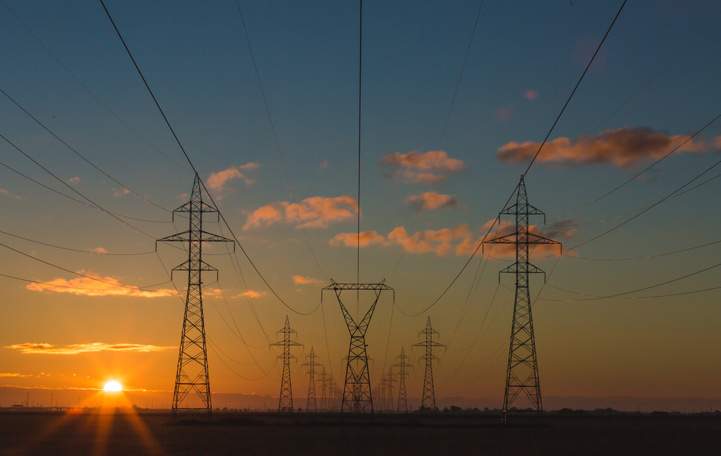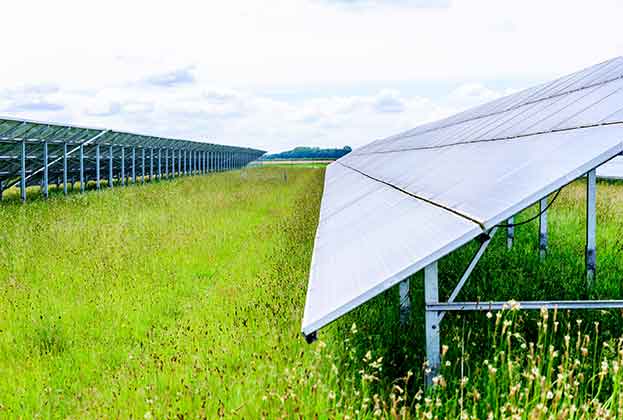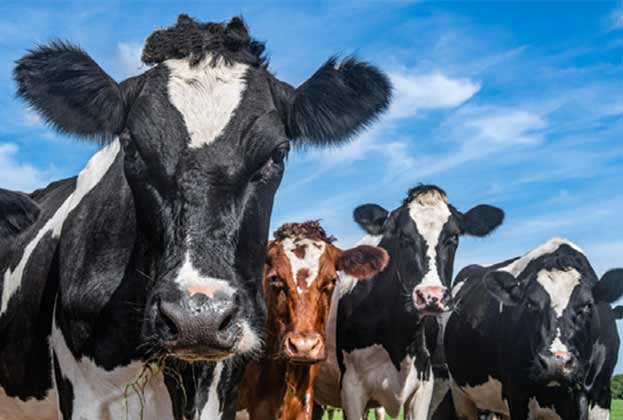Ensuring communities see the local benefits
Given the near paralysis experienced by the UK’s electricity infrastructure, those sites that can host renewables and connect to the grid rapidly are a golden opportunity. Developers must now invest in a wider fleet of measures to ensure renewable energy at these prime locations is welcomed by local communities and provides local benefits. Environment, social and governance (ESG) are terms often deployed at this stage, but we look here at what they mean for renewable energy in practice.

'E' is for services
Specifically, ecosystem services. The carbon credentials of renewable energy are no longer enough to satisfy the environmental component of ESG, and additional investment can bring renewable developments outside of “carbon tunnel vision”. With appropriate management, renewable energy developments can provide carbon storage, biodiversity, pollination and more. A rising compliance baseline makes certain elements of this potential mandatory. The Environment Act sets a requirement for every new Town and Country Planning Act (TCPA) development in England to deliver a measurable biodiversity net gain (BNG) of 10% from November 2023. This is also likely to apply to Nationally Significant Infrastructure Projects (NSIPs) from 2025.
In Wales, developers are required to maintain and enhance biodiversity (known as biodiversity net benefit). For solar farms, this should be easily achievable with gains of 20% to 100% over arable cropping known to be possible. Biodiversity investment also softens the visual impact of developments. Developers can incorporate natural or educational spaces, further enhancing the appeal to local communities.
'S' is for community
Stakeholder consultation is a core part of any planning application, yet approaches can vary greatly between projects. Engaging with all stakeholders, from statutory bodies to local community groups, should be undertaken from an early stage to avoid surprises later in the process. The importance of effective engagement cannot be understated, but nor should it be feared. Simple outreach exercises to allay community fears and explain benefits can build trust and understanding between owners, developers and communities. For example, rural village communities may be concerned about the impact of heavy goods vehicles passing through small rural roads, particularly if carrying wind turbine blades in excess of 50 metres in length. Simply explaining the function of a blade lifter and how it assists in manoeuvring turbine blades may be enough, along with noting the likely need to renovate and improve such roads to ensure they are appropriate for heavy traffic.
Developers often provide a community benefit based on the size and type of project to compensate communities for unavoidable impacts. This may range from financing day-to-day maintenance, to providing new local facilities, or even promoting community ownership of part of the renewable energy asset.
In Scotland, community energy funds have been so successful, they have been recognised internationally as a pioneering example of bottom-up policy to renewable energy development. The consultation process can be used to understand what is preferred by the community and what would provide them with the most benefit. Community engagement will rarely eliminate all opposition, but by addressing local concerns, developers can maximise their chances of planning success.
'G' is for supply chain
Governance can relate to a variety of factors regarding decision-making and procedures within a company. Of these, values and transparency are particularly important; companies should be seen to be acting with integrity to ensure the long-term viability of their undertakings. Within renewable energy, this integrity is perhaps most keenly reflected in supply chains and there is increased awareness of the potential for forced labour to be present.
According to the University of Nottingham, 15–30% of the cobalt in lithium-ion batteries comes from mines in the Democratic Republic of Congo, where forced and child labour are common. Failing to take early action on such issues could well result in supply chain disruption, particularly if other nations follow the US example requiring importers to provide “clear and convincing evidence” that imports do not include Xinjiang-sourced forced labour in its supply chain.
In Scotland, there is an emphasis on supply chains for offshore wind projects as part of ScotWind. Successful applicants must outline a Supply Chain Development Statement at the outset of the project that details initial commitments across the full life cycle of projects.
Read the articles within this publication below
.jpg)


